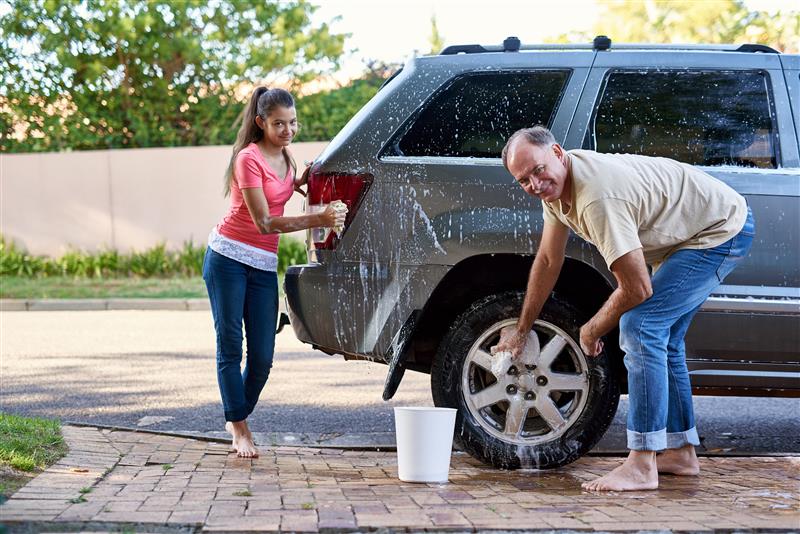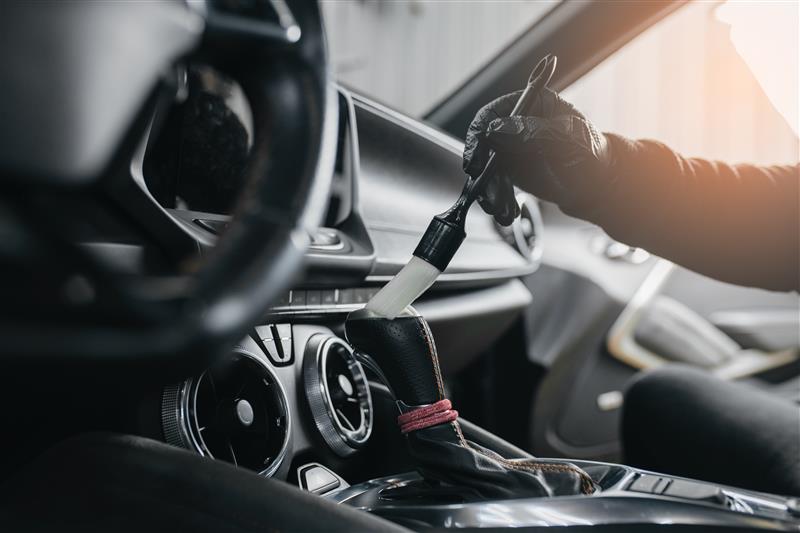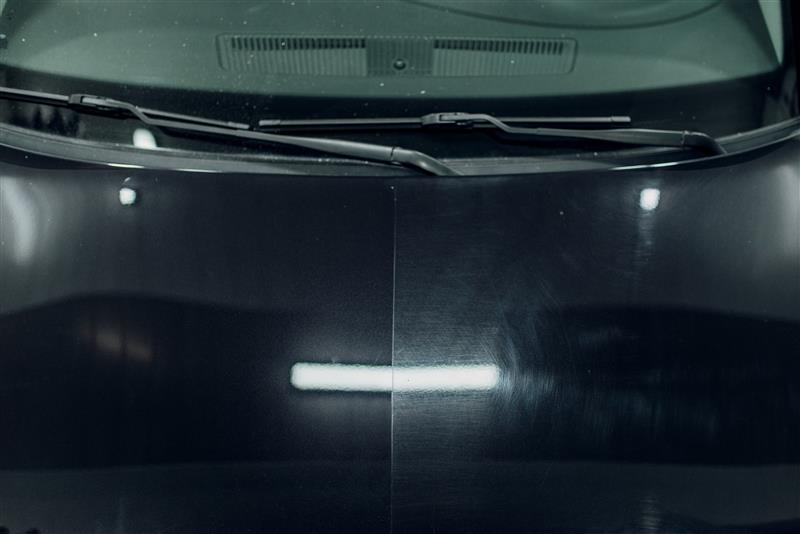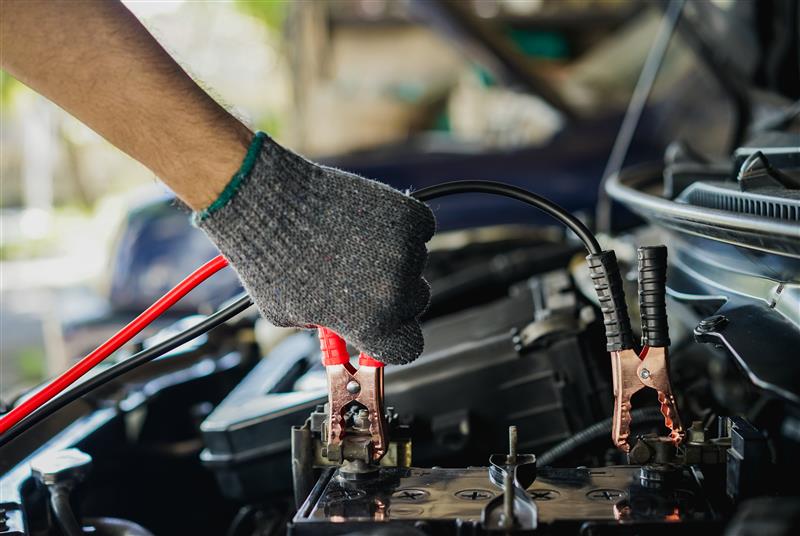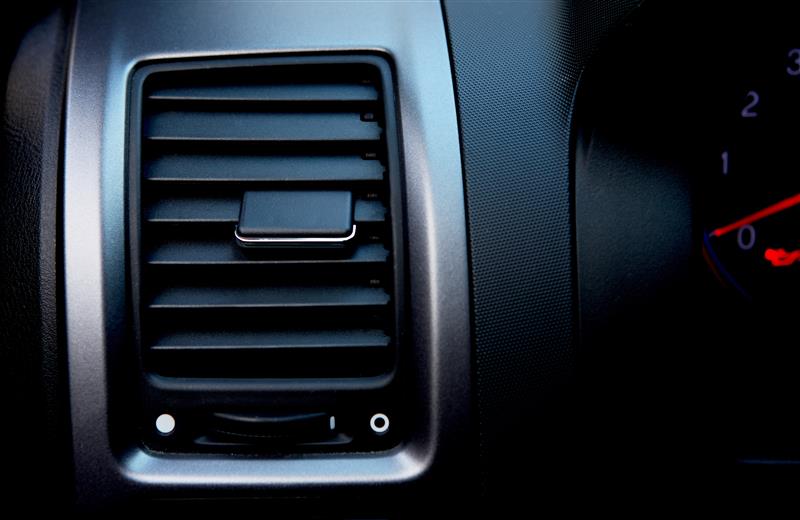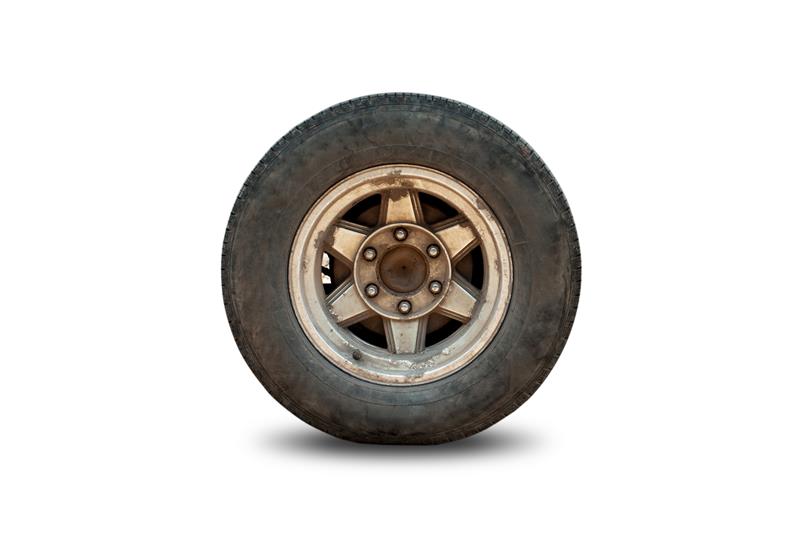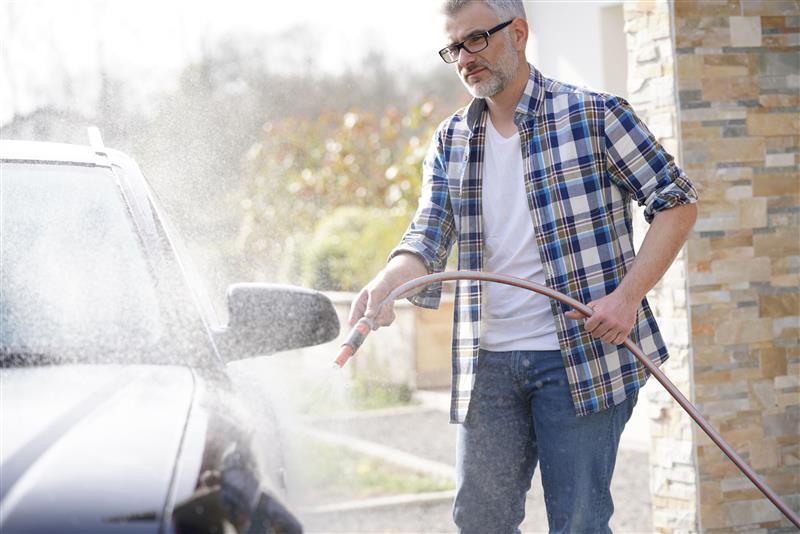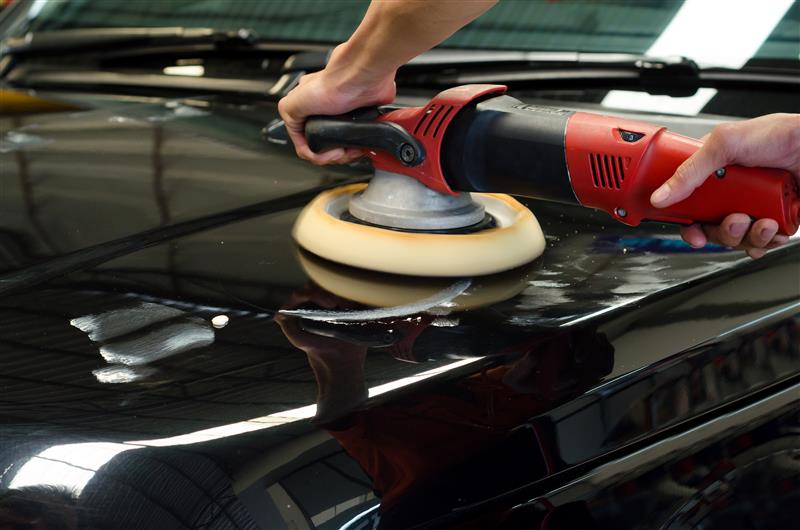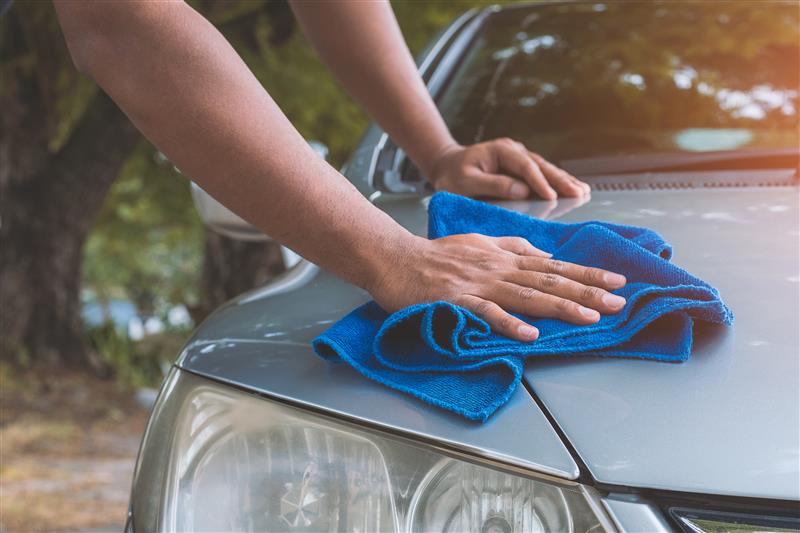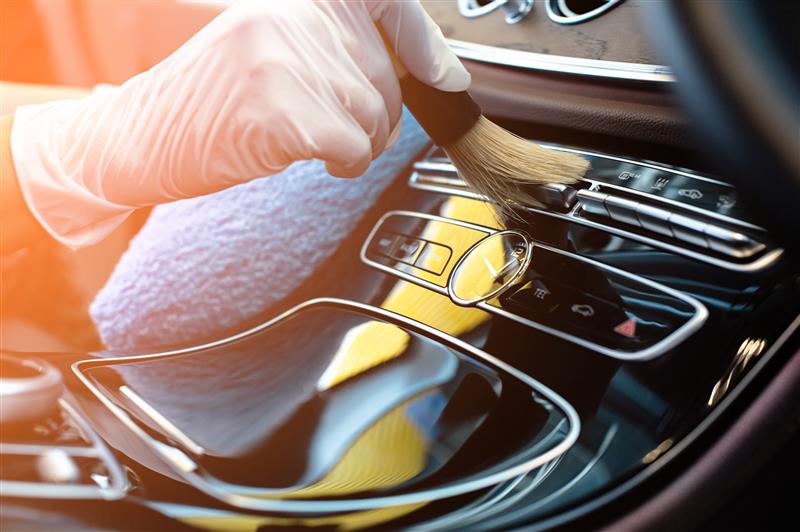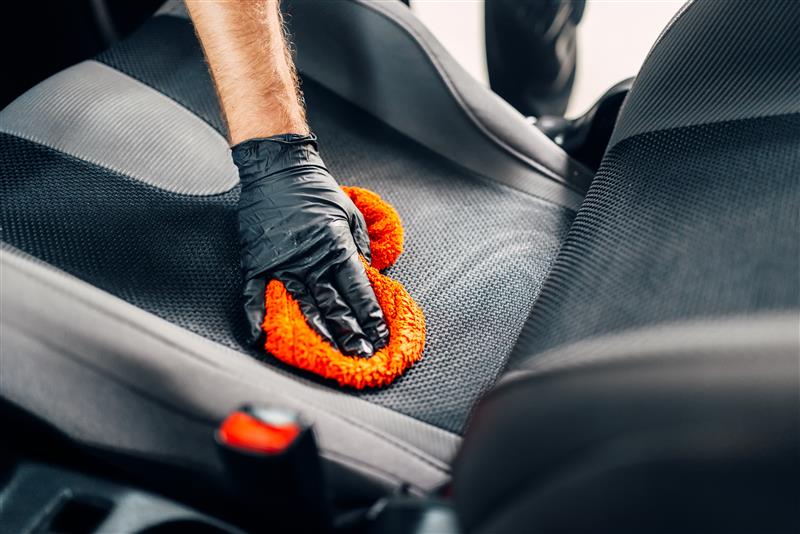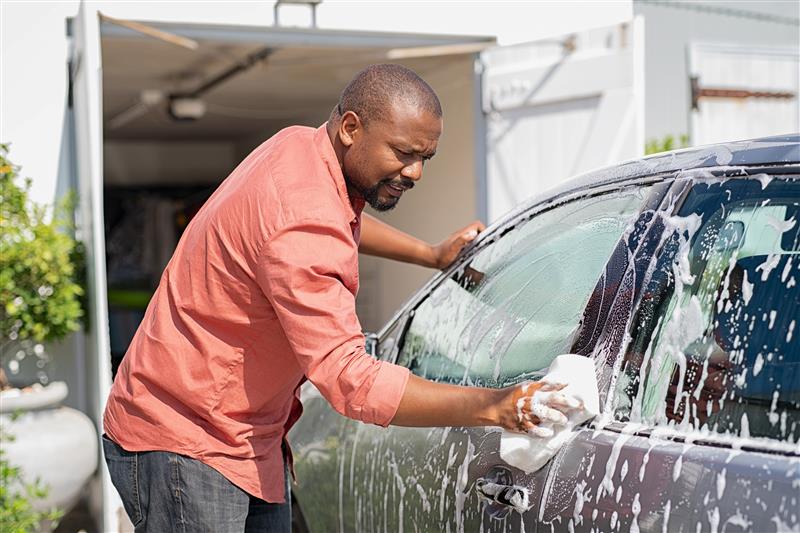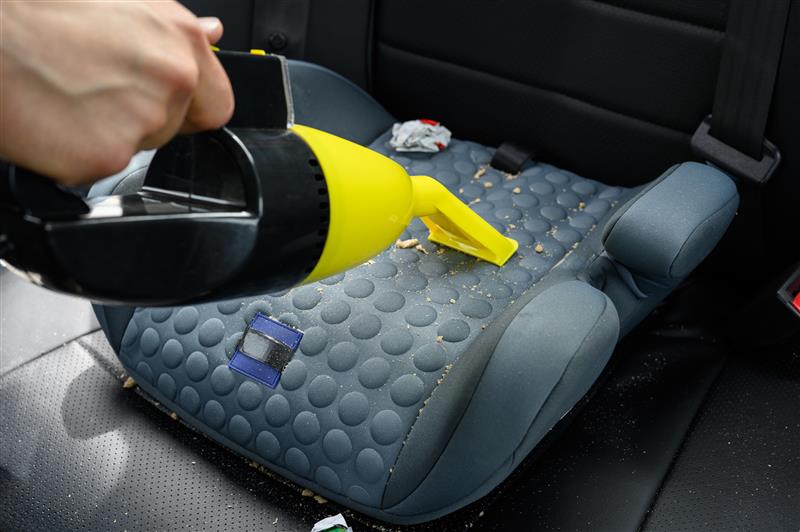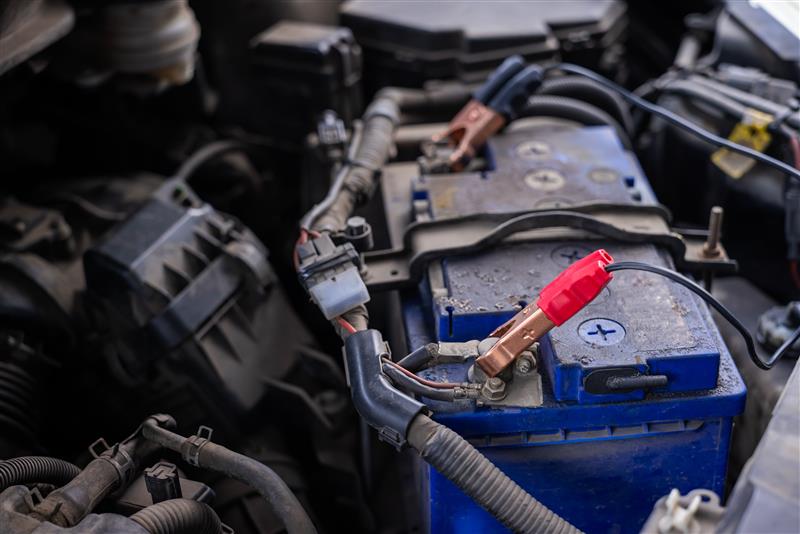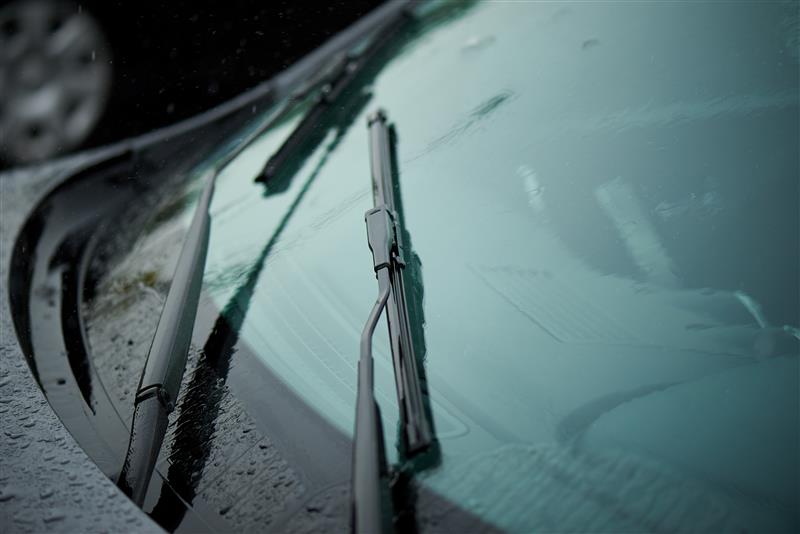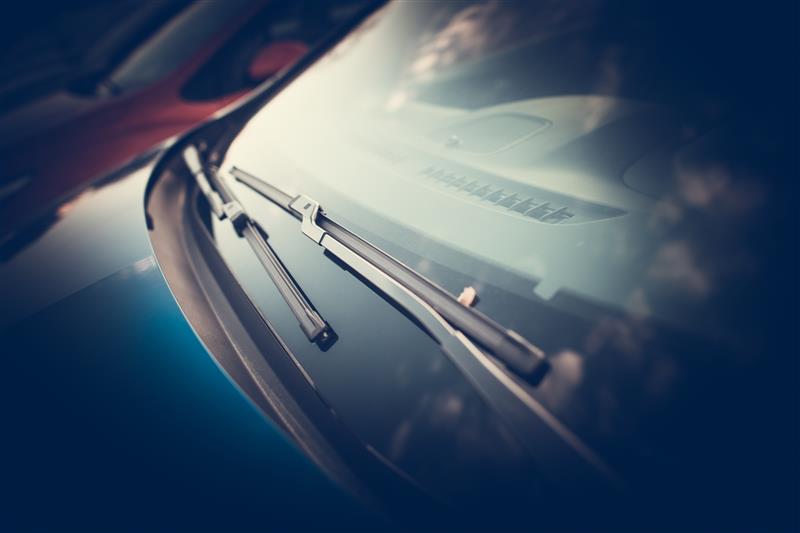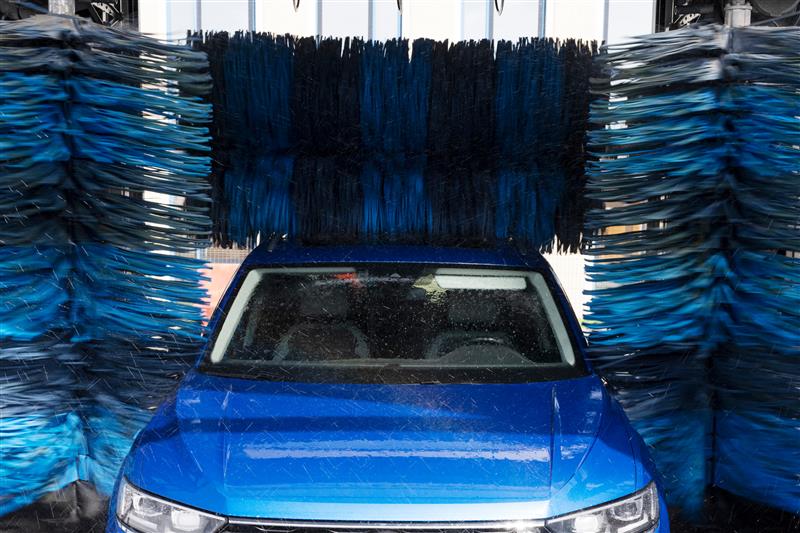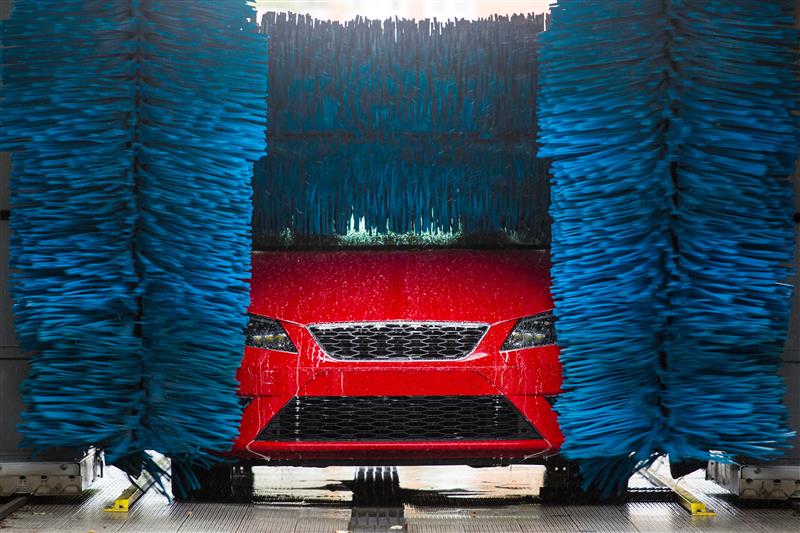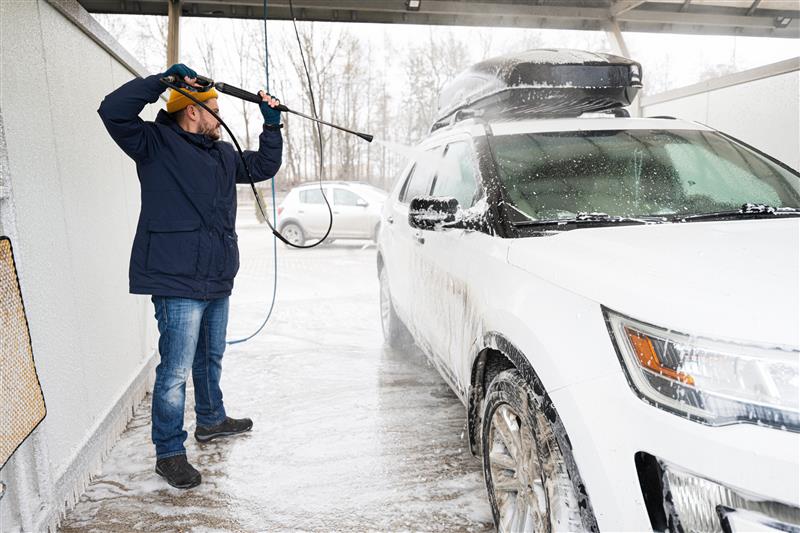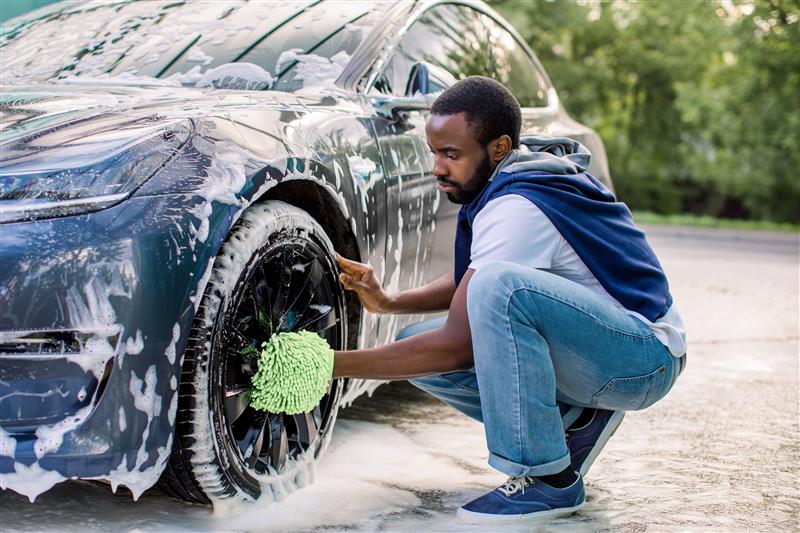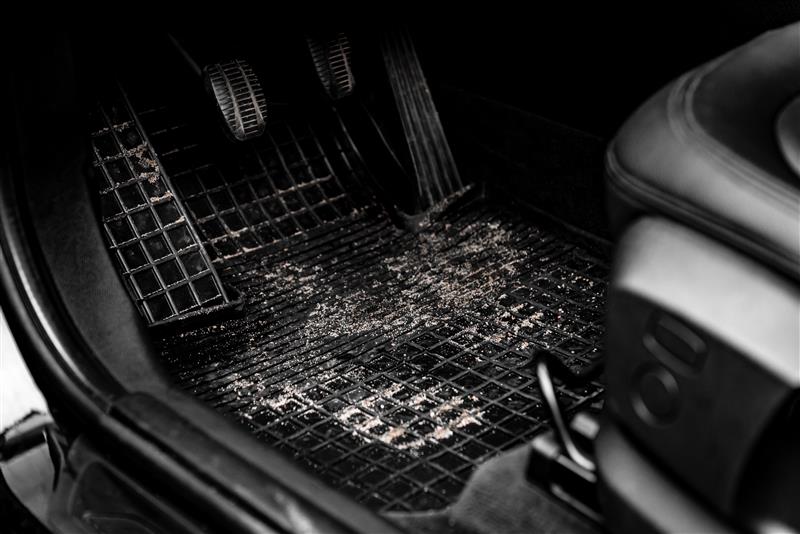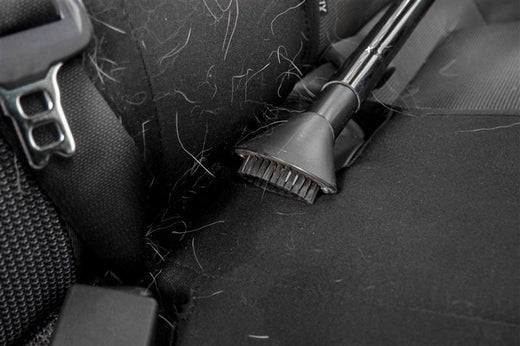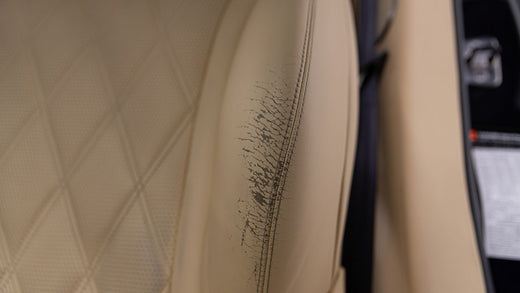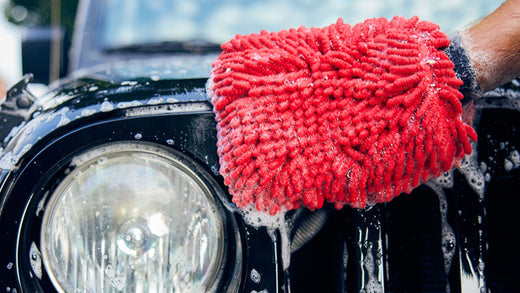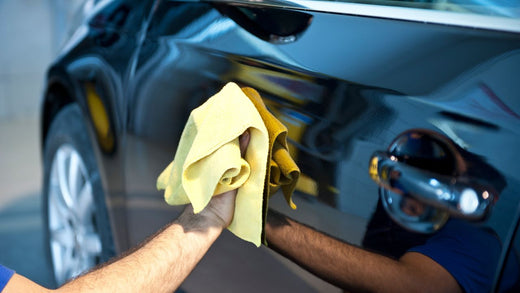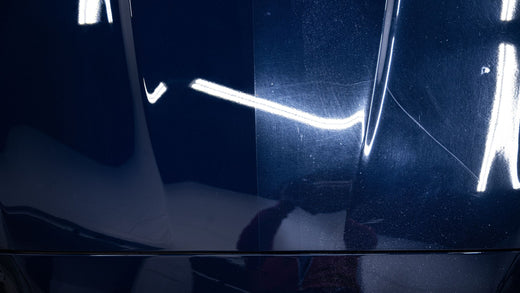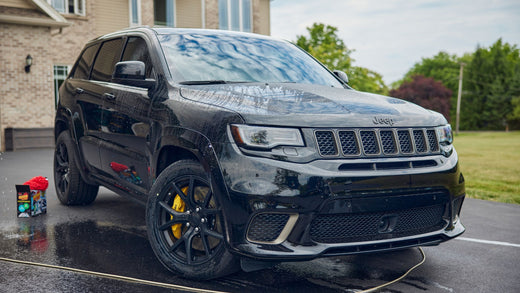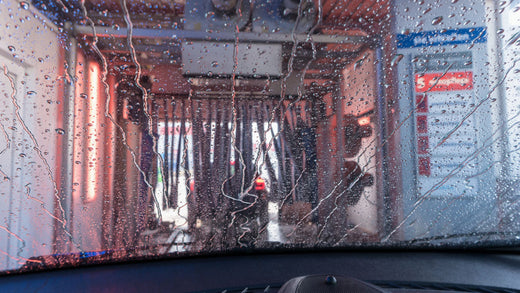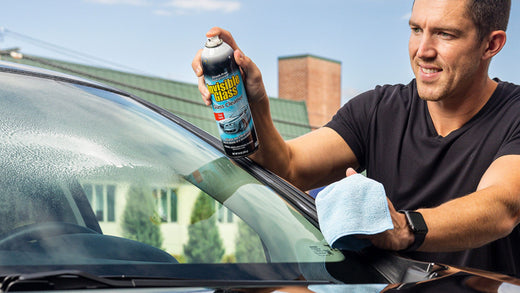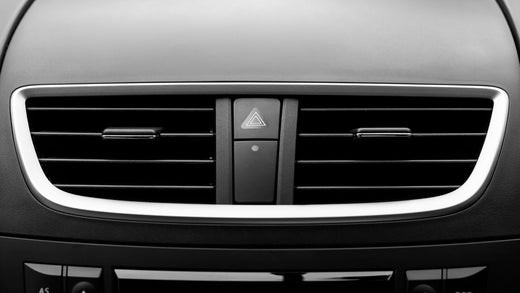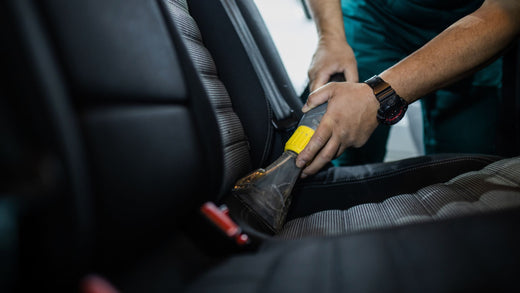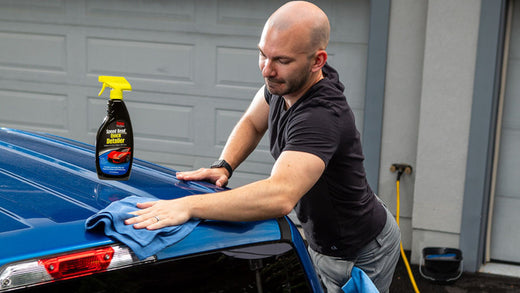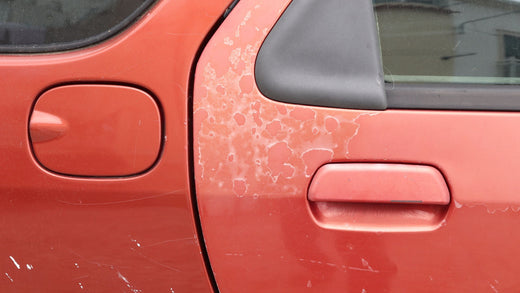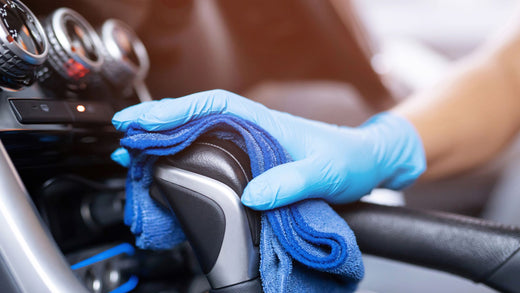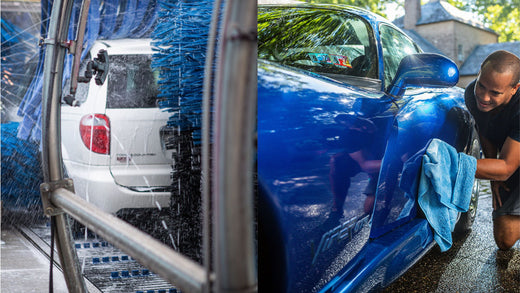Holiday shopping just got easier with free shipping on all orders. No code required.
Washing your car is one of the easiest ways to protect your vehicle and keep it looking sharp. But if you’ve ever been told that washing it too often can damage the paint, you’re not alone. That belief has been floating around for years, passed down by friends, internet forums, and old-school advice.
So, is there any truth to it?
Not really. Washing your car frequently is actually one of the best habits you can have, as long as you're using the proper techniques and products. In this post, we’ll clear up the myths and explain how regular washes help preserve your car’s finish, performance, and value.
Why Do People Think Washing a Car Too Often Is Bad?
The myth usually stems from everyday concerns like:
● Damaging the paint
● Wearing down the clear coat
● Causing scratches or swirl marks
● Leaving water spots or soap residue
These are valid issues, but they’re not the result of washing your car too often. They happen when the vehicle is washed incorrectly.
Using the wrong tools, low-quality soaps, or dirty towels is what puts your vehicle at risk. Done right, regular washing helps preserve your paint.
The Real Benefits of Washing Your Car Often
Washing your car regularly helps protect your vehicle’s finish, value, and safety. Here’s why it matters:
- It Removes Harmful Contaminants: Bird droppings, tree sap, road salt, bug splatter, and industrial fallout can all damage your paint if left unchecked. Washing keeps these corrosive elements from building up and breaking down your finish.
- It Protects the Paint and Clear Coat: Your clear coat is a shield. When contaminants sit too long, they can bond with the surface or cause scratches from everyday contact, like leaning on a dusty door. Regular washes keep that barrier intact.
- It Helps Maintain Resale Value: A clean, glossy exterior signals that a car has been well cared for. Buyers notice the difference between a vehicle that’s been maintained and one that’s been neglected. Regular washing helps preserve that first impression.
- It Improves Visibility and Safety: Clean headlights, mirrors, windows, and cameras help you see better and drive safer. When those surfaces are clean, your systems perform as they should.
What Happens When You Wash Your Car the Wrong Way
The myth about frequent washing sounds believable when poor technique enters the picture. Washing your car often can cause damage, but only if you use the wrong tools or methods.
Common mistakes include using dish soap, skipping the drying step, or scrubbing with dirty towels. These habits can dull the finish, strip protective coatings, and leave swirl marks or water spots behind.
Here’s a quick breakdown of what to avoid—and what to do instead:
Common Car Washing Mistakes vs. Better Alternatives
|
Mistake |
Why It's a Problem |
What to Do Instead |
|---|---|---|
| ❌Using dish soap |
Strips wax and dries out paint |
✅ Use a pH-balanced car wash soap |
| ❌Dirty sponge or towel |
Traps grit and causes swirl marks |
✅ Use clean microfiber mitts and towels |
| ❌Old or automatic brush washes |
Harsh bristles can scratch paint and clear coat |
✅ Choose touchless washes or hand-wash with soft tools |
| ❌Skipping the drying step |
Leaves behind mineral spots and streaks |
✅ Dry with a clean microfiber towel or car dryer |
It’s not about how often you wash—it’s about how you wash. The proper technique makes all the difference.
How Often Should You Wash Your Car?
For most drivers, washing your car every 1–2 weeks is a good rule of thumb. You might want to wash more frequently if you:
● Live in an area with road salt during winter
● Park under trees with sap or bird activity
● Drive near the ocean, where salt air can affect the finish
● Regularly travel through dusty, dirty, or construction-heavy areas
If your car stays garaged and only sees light weekend use, stretching to every 2–3 weeks is usually fine.
Instead of sticking to a fixed schedule, focus on how much exposure your car has to contaminants. The more it’s exposed, the more often it should be cleaned.
Can Frequent Washing Remove Wax?
Over time, yes—even gentle car wash soaps can slowly wear down wax or sealant. But that’s not a reason to skip washes. It just means you’ll need to refresh your protection regularly.
If you’re washing weekly, a monthly spray wax or topper is usually enough to maintain that glossy, water-beading finish.
Are Touchless Car Washes Safe?
Touchless car washes are a convenient option, especially in cold weather or when you're short on time. They’re generally safe for your paint because they avoid direct contact, but are less effective at removing built-up grime. These systems often rely on more potent chemicals to compensate for the lack of friction.
Try to supplement with a proper hand wash when the weather allows.
As for soft-touch washes with spinning brushes, use caution. Unless you’re confident the equipment is well-maintained and the cloths are clean, those brushes can trap grit and leave behind swirl marks.
Tips for Safe, Frequent Car Washing
If you’re washing your car regularly—and you should—ensure you’re doing it correctly. These simple tips help protect your paint and keep your finish looking its best:
-
Use a pH-Balanced Car Shampoo
Choose a soap designed for automotive finishes. These formulas lift dirt without stripping away wax or sealant. Skip anything labeled as a degreaser or all-purpose cleaner unless it’s paint-safe. -
Follow the Two-Bucket Method
One bucket holds clean, soapy water. The other is used to rinse your mitt between panels. Rinsing in a separate bucket keeps dirt from being reintroduced to the paint, which helps prevent swirl marks. -
Choose the Right Wash Mitt
A soft microfiber mitt is far more effective (and safer) than a sponge. It traps contaminants and lifts them away from the surface rather than dragging them across your paint. -
Dry with Microfiber or Air
Letting your car air dry often leads to water spots. Use a clean microfiber drying towel or a car-specific air blower for a spotless finish. -
Reapply Protection Every Few Months
Even gentle washes wear down wax over time. Reapply a wax or sealant every 2–3 months, or use a ceramic spray after each wash to keep protection and shine at their peak.
🪣Want a step-by-step guide to proper washing?
Check out our full post on how to wash your car at home like a pro.
The Bottom Line: Wash Often, Wash Smart
Frequent washing isn’t something to avoid. It’s one of the best habits you can build to protect your vehicle. Dirt, salt, sap, and road grime do far more damage than a well-executed wash ever will.
The key is simple: wash the right way. Use proper tools, follow safe techniques, and keep your wax or sealant up to date. When you do, regular washing will keep your ride protected, polished, and ready to turn heads wherever you go.
Related posts
Learn what causes stubborn car odors & how to remove them for good with safe, probiotic cleaners that eliminate smells at the source — no masking, just results.
What Is Car Detailing? A Complete Guide
Car detailing goes beyond washing — deep cleaning and protecting your car inside and out to preserve value, enhance comfort, and restore like-new condition.
Prevent Swirl Marks on Car Paint: Step-by-Step Guide for a Scratch-Free Shine
Learn how to prevent swirl marks on your car’s paint with proper washing, drying, and polishing techniques for a smooth, lasting, showroom-quality shine.
How to Safely Jump-Start Your Car in Minutes
Dead battery? Learn how to jump-start your car safely with step-by-step instructions, safety tips, and tools you’ll need to get back on the road fast.
How to Clean Car Vents Quickly and Effectively
Dirty car vents can cause odors, poor airflow, and trigger allergies. Learn how to clean your vents with simple tools to improve air quality, eliminate smells, and protect your HVAC system — all in just a few minutes.
How to Safely Wash a Black Car Without Scratching the Paint
Learn how to wash a black car safely and protect its glossy finish. Avoid swirl marks, water spots, and scratches with smart techniques and the right tools.
How to Clean Tinted Car Windows Without Damaging the Film
Learn how to safely clean tinted car windows without streaks or damage. Discover tint-safe products, techniques, and what to avoid for long-lasting clarity.
Is Tire Blooming Bad? What Causes Brown Tires and How to Clean Them
Brown tires? It’s likely tire blooming. Learn what causes it, if it’s harmful, and how to clean and prevent it for a deep black finish.
How Long Do Car Washes Take? A Quick Guide to Every Type of Wash
How long does a car wash take? Compare automatic, touchless, hand wash, and detailing times. Learn time-saving tips to wash your car faster and safer.
10 Essential Steps to Wash Your Car the Right Way
Wash your car like a pro—no swirls, no streaks. This 10-step guide shows you how to protect your paint, boost shine, and get that just-detailed look.
How to Remove Scratches from a Black Car
Learn how to fix scratches on black paint, from swirl marks to deeper damage. Step-by-step tips to restore shine and protect your car’s finish.
What’s the Best Thing to Clean Your Car With? Tools, Products, and Tips That Work
Washing your car the right way starts with the right tools — and nothing beats a chenille wash mitt paired with the two-bucket method for a scratch-free, showroom-worthy shine.
How to Detail Your Car at Home: Step-by-Step Guide for a Pro-Level Clean
Bring your car back to life with this step-by-step detailing guide. Learn how to clean, polish, and protect your vehicle for pro-level results at home.
How to Get Rid of Bad Smells in Your Car: A Step-by-Step Guide
Learn how to remove bad smells from your car for good. Discover the top causes of car odors and step-by-step tips to eliminate and prevent them naturally.
How to Clean Fabric Car Seats: Easy Tips for Pro-Level Results
Clean fabric car seats like a pro with these simple steps! Learn how to remove stains, refresh upholstery, and extend your car’s interior life—easily at home.
Hot or Cold Water for Washing Your Car? What's Best for Your Paint
Hot, cold, or lukewarm? The right water temperature makes a difference when washing your car. Learn the pros and cons to keep your car clean without damage.
How to Clean a Child’s Car Seat: Simple Steps for Safe, Spotless Results
Keep your child’s car seat clean, fresh, and safe with these easy steps. Remove stains, sanitize surfaces, and maintain hygiene for every ride with confidence!
How to Clean Vomit Out of Your Car: Fast, Effective Steps to Eliminate Stains & Odors
Learn how to effectively remove vomit from your car using Lift Off Probiotic Stain & Odor Eliminator, a microbial cleaner that breaks down stains and eliminates odors.
How to Clean Car Battery Corrosion: Prevent Problems & Boost Performance
Prevent battery corrosion to keep your car running smoothly! Learn how to clean and protect your battery terminals in minutes for better performance and longevity.
Conventional vs. Beam Wipers: Which Type Is Right for Your Car?
Conventional vs. beam wipers: Which is right for you? Compare performance, durability, and cost to find the best option for clear visibility in any weather.
How to Change and Replace Windshield Wipers
Ensure clear visibility and safer driving by replacing your windshield wipers. This guide covers wiper types, step-by-step installation, and maintenance tips.
How to Remove Hard Water Spots from Car Windows
Hard water spots on car windows reduce visibility and damage glass. Remove them with specialized cleaners and prevent future buildup with proper maintenance.
Are Automatic Car Washes Safe for Your Car’s Paint?
Are automatic car washes safe for your car? Learn the risks, explore safer options like touch-free washes, and discover why hand washing is the best choice.
How to Maintain Matte and Satin Car Paint: Essential Tips for a Flawless Finish
Keep your matte or satin car paint flawless with proper care! Learn expert tips, must-have products, and maintenance steps to preserve its sleek, non-glossy finish.
What Products Are Safe to Use on Your Car's Interior?
Protect and enhance your car’s interior with safe, effective cleaning products. Achieve professional results on leather, glass, vinyl, and more!
Is It Safe to Wash Your Car When Temperatures Are Below Freezing?
Winter presents unique challenges for car care. If left untreated, road salt, grime, and slush can wreak havoc on your vehicle’s paint and undercarriage. Regular washing is critical to protect your car during these colder months, but what about when the temperatures dip below freezing? The good news is that it’s safe to wash your car in freezing conditions—with the proper precautions. Here’s what you need to know to navigate winter car washing effectively and keep your vehicle in top shape.
Top 10 Must-Have Products for Basic Car Detailing
In this guide, we'll walk you through the essential products to get your car looking its best, from cleaners and polishes to tools and accessories. Let’s dive into the must-have items for basic car detailing.
How to Clean Tree Sap Off Your Windshield
Refresh Your Ride: The Ultimate Guide to Cleaning Car Seats
How to Remove Salt Stains from Car Carpets and Mats: A Step-by-Step Guide
Winter driving often means dealing with road salt, which can leave stubborn white stains on your carpets and mats. While road salt is essential for safer streets, it creates unsightly stains that weaken carpet fibers if not addressed. Keeping your car’s interior in top shape during snowy months requires proper care and cleaning.
How do I Remove Pet Hair from a Car?
As a pet owner, you’ve probably struggled with pet hair clinging to every corner of your car. It’s not just unsightly — it can also trigger allergies and make your vehicle feel less fresh. Fortunately, removing pet hair doesn’t have to be a losing battle. This guide breaks down the most effective methods to restore your car’s interior to a clean, fur-free state.
How to Clean Leather Car Seats Without Damaging Them: A Step-by-Step Guide
Leather car seats bring comfort and style to any vehicle, but keeping them in top condition requires special care. You can easily clean your leather seats with the right approach and quality products while protecting them from wear, stains, and cracking. This guide will review the best techniques for maintaining leather seats and highlight Stoner Car Care products that deliver professional results. Follow these steps to keep your leather seats looking beautiful and well-preserved for the life of your car.
Scratch-Free Car Wash: Your Guide to a Flawless Finish
A clean car enhances its appearance, maintains value, and protects the paint. You can wash your vehicle confidently with the proper techniques and products, avoiding scratches and achieving a spotless shine. This guide will explain how to clean your car safely and effectively, ensuring a flawless finish every time.
How Long Does Car Detailing Take? A Breakdown of the Process
What is Paint Correction, and Do I Need It?
When it comes to keeping your vehicle’s exterior looking pristine, the term “paint correction” often comes up. But what exactly is paint correction, and why might you need it? In this post, we'll break down the paint correction process, show you how it works, and help you decide if it's the right step to maintain your vehicle's showroom shine.
Car Washing vs. Car Detailing: Understanding the Difference and Why It Matters
Keeping your vehicle in top condition requires more than just a simple wash. Many use the terms "washing" and "detailing" interchangeably, but these two processes differ. Both play crucial roles in maintaining your car’s appearance but involve varying levels of effort, products, and techniques. In this blog, we’ll break down the key differences between washing and detailing and show you how Stoner Car Care products can enhance both, helping you keep your car looking its best.
Drive-Through Car Washes: Safe or Risky for Your Car?
As a car owner, keeping your vehicle pristine is likely a top priority. Drive-through car washes offer a convenient option for maintaining your car's cleanliness, but many wonder if they are safe for their vehicle. In this blog, we'll explore this question in detail, examining the potential risks and benefits of using drive-through car washes and providing tips on minimizing any possible damage.
What is the Best Way to Clean Car Windows Without Streaks?
Have you ever peered through streaky car windows, unsure if you were seeing road grime or leftover cleaner? You're not the only one. Washing car windows seems simple enough, but getting that perfect, streak-free shine can be tricky. Those annoying water spots and streaks aren't just eyesores - they can make it harder to see while driving, which isn't great for safety. But don't worry, we've got your back. In this guide, we'll discuss the best ways to get your car windows sparkling clean. We'll explore what works, what doesn't, and how to get results that rival a professional detailing job.
Fresh Air Ahead: How to Clean Your Car’s Air Vents for Better Air Quality
Keeping your car's air vents clean is critical to maintaining clean air inside your vehicle. Over time, dust, pollen, and other particles can build up, leading to unpleasant odors – and potentially affecting your health. With a few easy steps and the right products, you can ensure your air vents are spotless, and your drive is more enjoyable. Let’s dive into a simple and effective way to maintain your cabin’s air quality.
To Coat or Not to Coat: Is it Worth Getting a Ceramic Coating for My Car?
When it comes to maintaining the pristine condition of your car, paint protection is a top priority for many car owners. One popular method gaining traction in the automotive world is ceramic coating. But is it worth the investment? In this blog post, we’ll dive into the details of ceramic coatings, their benefits, and whether they are the right choice for your vehicle.
How to Start a Car Detailing Business: A Comprehensive Guide
Diving into the car detailing world can be an exciting and lucrative journey for car enthusiasts who love making vehicles shine. As the demand for professional car care grows, aspiring entrepreneurs have a ripe opportunity to make their mark. This guide will steer you through the critical stages of launching your car detailing business – from crafting a solid plan to putting that plan into action. Let's get your engines revving and gears shifting towards a successful business venture!
Gloss Like a Boss: Expert Techniques for Waxing Your Car
Waxing your car does more than just boost curb appeal – it's vital for preserving your vehicle's exterior. A well-waxed car doesn't just turn heads; it also stands a better chance against environmental threats like UV rays, rain, and road pollutants. Ideal for both auto enthusiasts and those aiming to keep their ride in tip-top shape, mastering the proper waxing techniques is key. Join us as we dive into the best practices for car waxing, sharing step-by-step guidance to ensure your vehicle sports a flawless, lasting gloss.
How Can I Protect My Car's Paint from Fading?
Your car's paint does more than just make it look good; it acts as a vital shield against environmental assaults. Yet, despite its importance, the vibrant finish can degrade over time due to the relentless sun, pollutants, and general wear and tear. This not only affects your vehicle’s aesthetic appeal but also its overall value. In this blog, we'll explore several proactive measures you can take to protect your car’s paint from fading, ensuring it stays as fresh and radiant as the day you drove it off the lot.
How to Remove Odors from Your Car Interior
Unleash a Cleaner Car: How to Get Rid of Pet Hair
Anyone who's ever had a pet knows the joys they bring: endless affection, companionship, and, unfortunately, a whole lot of pet hair. The fur will fly whether you take a quick trip to the park or an extended vacation drive, finding its way into every corner of your car, from the back seat to the carpets. Happily, you don’t need to leave Fido at home to have a clean ride. Clearing out pet hair can be quick and easy with the proper techniques and some top-notch car detailing products. This guide will walk you through the best ways to keep your vehicle looking spotless, no matter how furry your companion
Choosing the Best Wash: Automatic Car Washes vs. Hand Washing
Keeping your car looking spotless is essential, but deciding between an automatic car wash and hand washing can be tricky. Each method offers unique benefits and drawbacks, influenced by your schedule, car needs, and even your personal touch. In this guide, we’ll dive deep into the pros and cons of automatic car washes and hand washing, providing the insights you need to make the best choice for maintaining your vehicle’s sparkle and health. Whether you're pressed for time or need a detailed cleaning, understanding the options will help ensure your car always looks its best.

